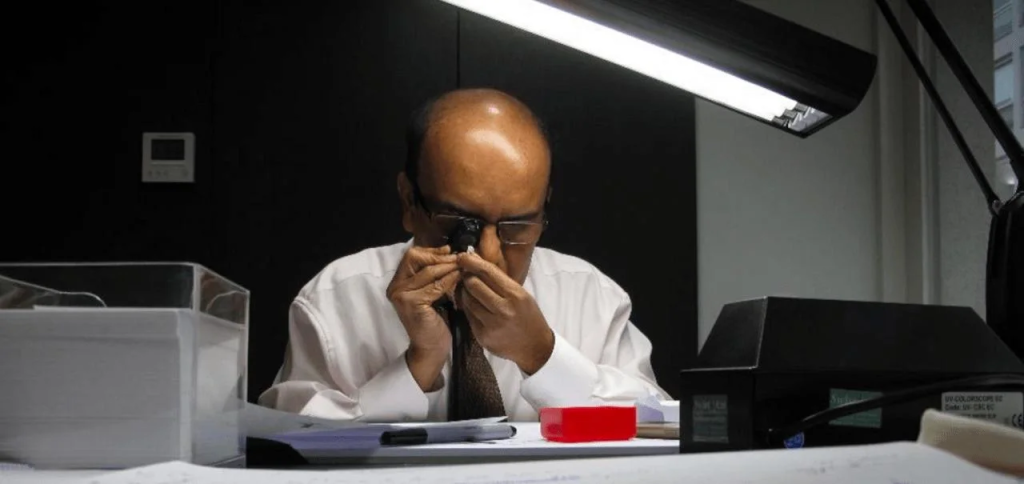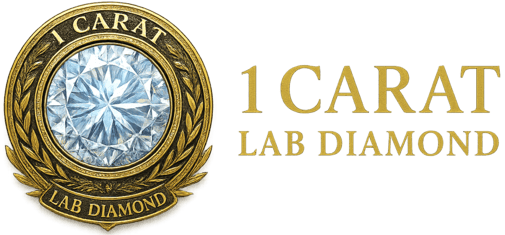Lab-grown diamonds have made luxury more accessible, but smart shopping goes beyond comparing prices. With newer terminology, certifications, and market dynamics, here are six technically savvy insights to help you make a more informed and confident decision.

1. Not All Lab Diamonds Are the Same
Just because it says “lab-grown” doesn’t mean it’s high-quality. Lab diamonds vary significantly based on their growth method: CVD (Chemical Vapor Deposition) and HPHT (High Pressure High Temperature).
CVD tends to produce cleaner stones with fewer metallic inclusions, especially when post-growth treated. HPHT can sometimes yield better color in the initial growth phase but may carry visible inclusions (read CVD vs. HPHT). Always check the diamond’s growth method on the grading report.
2. Fluorescence Can Impact Sparkle (and Price)
Lab diamonds with strong fluorescence, especially blue fluorescence, may appear milky or hazy under natural light. This often impacts brilliance and can reduce the stone’s visual appeal. While fluorescence might lower the price, always review the diamond under multiple lighting conditions. Rare Carat offers automatic AI grading scores on the diamond listings which flag such issues upfront.
3. Certification Matters More Than Ever
Stick to GIA or IGI grading certificates. Other labs may offer softer grading or inconsistent results, which could overstate a diamond’s quality. On Rare Carat, you can filter listings by certification and even compare prices for the same specs across different certs.
4. Evaluate Total Value, Not Just Carat Weight
Rather than focusing only on how big the diamond looks, look at how its cut, clarity, and certification come together to justify the price. A smaller stone with excellent cut and no cloudiness will often sparkle better than a larger one with milky inclusions.
Rare Carat’s AI grading tool makes this easier by analyzing these factors in tandem, helping you catch quality gaps and pricing mismatches before you check out.
5. Ring Settings Affect Visual Size
A well-designed setting can make a smaller diamond appear much larger. Consider thin bands, halo designs, or cathedral settings that elevate the center stone. Rare Carat offers a wide range of customizable settings that allow you to balance carat weight with visual impact.
6. Resale and Insurance Still Matter
Even lab-grown diamonds should be insured and appraised for peace of mind. While resale value isn’t as strong as natural diamonds, clarity on certification, purchase documentation, and quality can make a difference. Rare Carat includes paperwork, insured shipping, and offers lifetime warranty options, helping you keep your investment secure.
Shopping for a lab-grown diamond ring in 2025 involves more than just price tags… it’s about knowing where to shop and why. Choosing a trusted brand is just as important as understanding specs. We recommend buying only from reliable, full-service retailers like Rare Carat that offer not just competitive pricing, but also full visibility into quality and value. From certification and growth method filters to free gemologist support and AI-based quality checks, Rare Carat gives shoppers a smarter, more transparent buying journey with fewer surprises and better long-term satisfaction.
